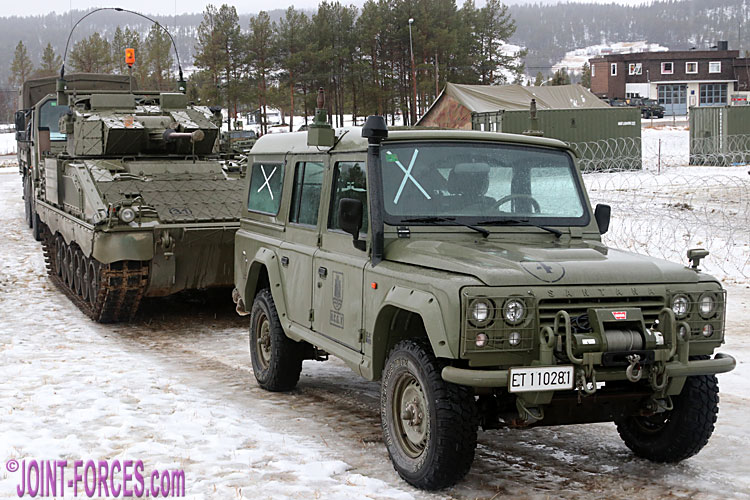
Continuing our NATO Exercise TRIDENT JUNCTURE 2018 (TRJE18) coverage we are now focussing on the Spanish SANTANA ANÍBAL MILITAR 4×4, writes Bob Morrison.
No doubt many readers who are unaware of the story behind this Spanish-built 4×4 utility truck will have confused it at first glance with the Solihull-built Defender, and indeed I have cross-posted this feature in our Military Land Rovers section even though it is NOT one, but although it could quite accurately be described as the bastard offspring of the British Series III Land Rover the two vehicle makes now share virtually nothing but a similar appearance and common roles.

This ANÍBAL was escorting Spanish LEOPARDO main battle tanks defending Oppdal Airfield during TRJE18 – note leaf springs [©BM]
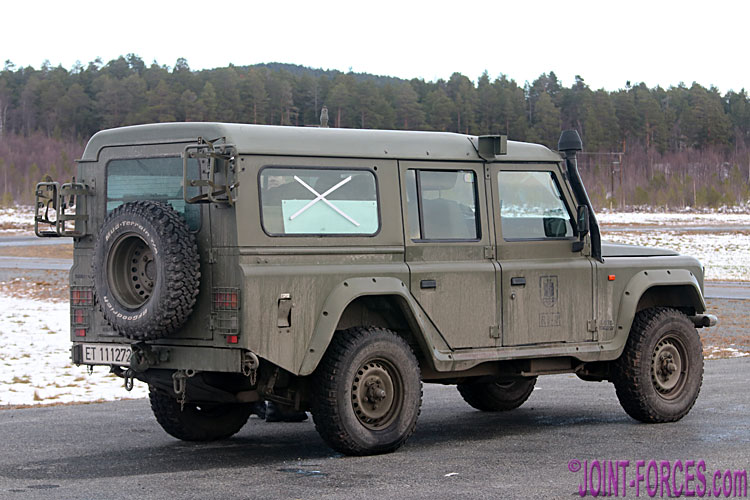
Visually the SANTANA ANÍBAL is very similar to the Land Rover Defender but roofline, rear door and trim are different [©BM]
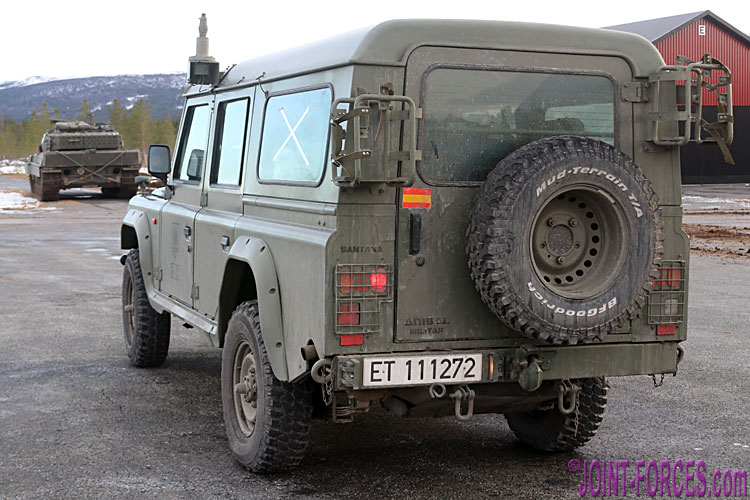
Spanish rear light clusters are also very different from the Land Rover – note also rear bumper [©BM]
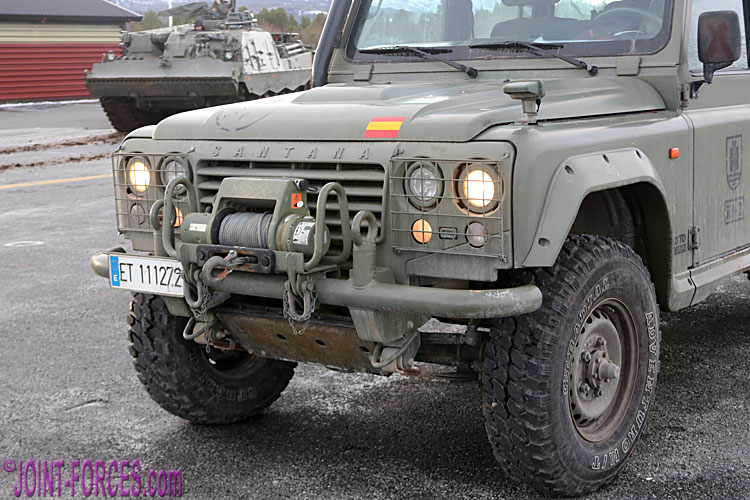
Front lights dual – note night convoy light on wing and IR lighting between running light and indicator [©BM]

Truck Cab deployed 3,700km from base in very different conditions fron usual – vehicle alongside is the Iveco VM 90 troop carrier [©BM]
.
.
Dimensionally, with the exception of the wider rear door, the ANÍBAL is almost identical to the Defender 110 but to ensure no Intellectual Property Rights were broken at least 15% of the overall design and sub-assemblies was made different, so few parts are interchangeable between the two makes. The biggest difference is the turbo-charged, inter-cooled four-cylinder, 2.8-litre Iveco 8140.43P engine as used in the Turbo Daily van and some of its military derivatives.
I was very fortunate in having the opportunity to drive one of the first PS10/ANÍBAL demonstrators to arrive in the UK around 2002 and a little later was driven in the first military prototype displayed outside Spain. Later, in 2005, I was driven around Millbrook’s off-road test track in both a production specification three-door ANÍBAL MILITAR demonstrator and a civilian spec ANÍBAL Station Wagon by one of the best female off-road demo drivers I know. Although I questioned the longevity of some of the plastic trim on the early prototype which I drove in ’02, I was impressed by its off-road performance and by 2005 the mature military version was in my opinion every bit as impressive as the Defender 110 even though it did not have modern coil springs.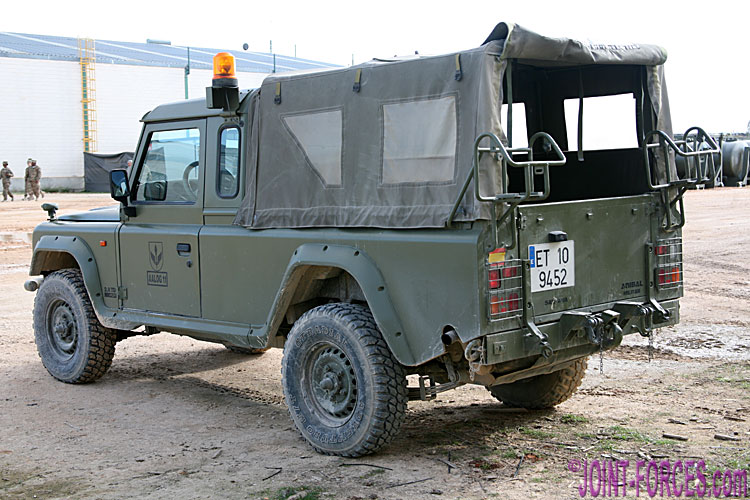
Eight troops can be transported in the rear on inward-facing bench seats – pay attention to exhaust position on this in-service Truck Cab [©BM]
The ANÍBAL MILITAR deployed operationally to Latvia in 2017 on the NATO eFP (enhanced Forward Presence) Baltic Shield mission.
{ images © Bob Morrison }
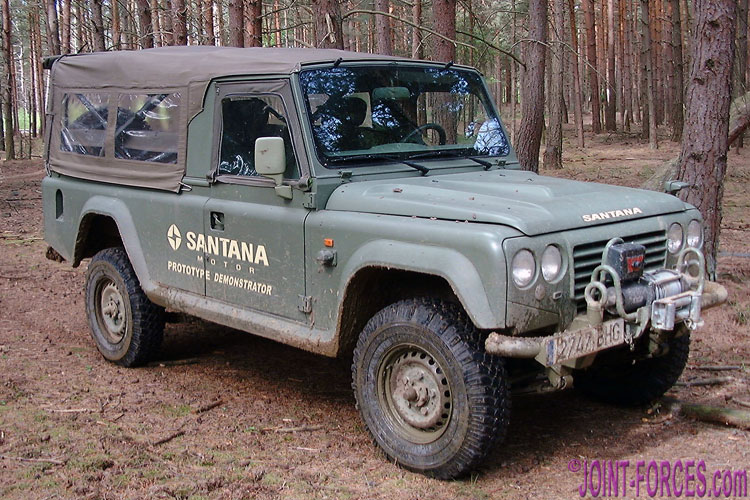
An early Spanish-registered demonstrator displayed at DVD 2002 – note lack of windows behind front doors and minor trim differences [©BM]
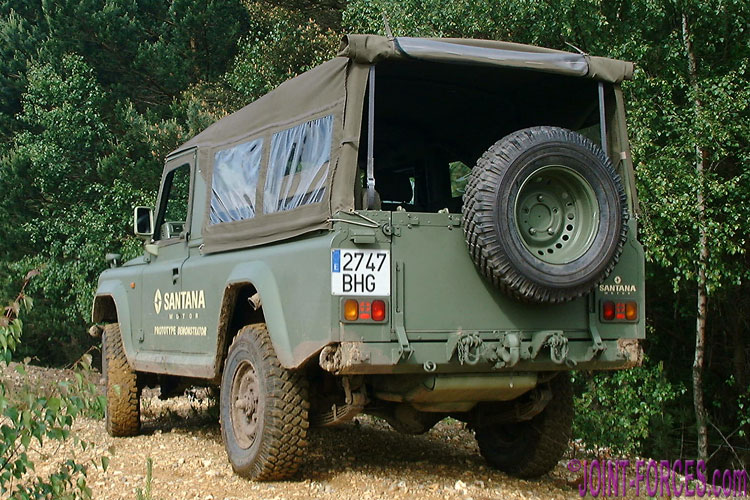
The parabolic leaf spring rear suspension is clear in this view – note exhaust exiting wheel arch [©BM]
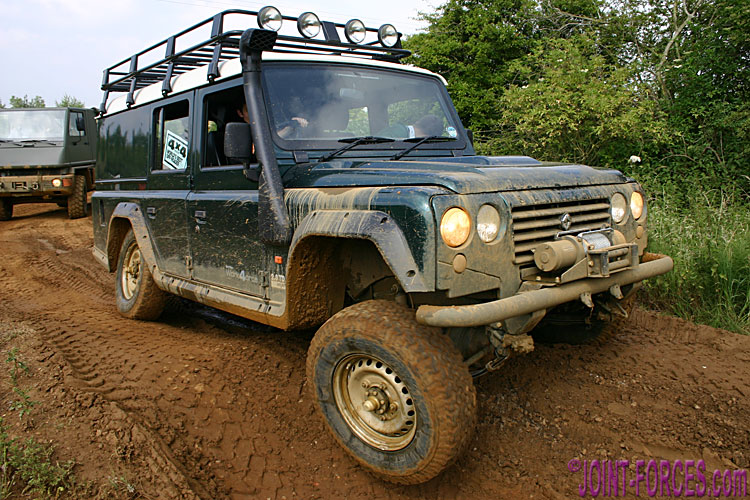
Civilian spec Station Wagon demonstrator tackling the Sinusoidals at Millbrook Proving Ground in 2005 [©BM]


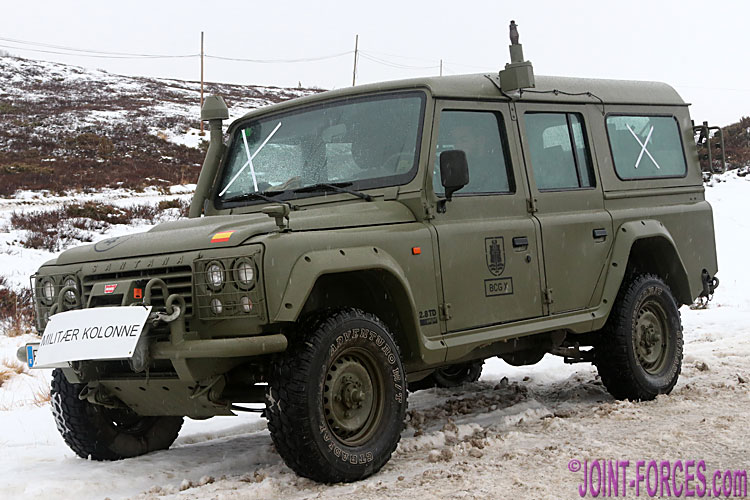


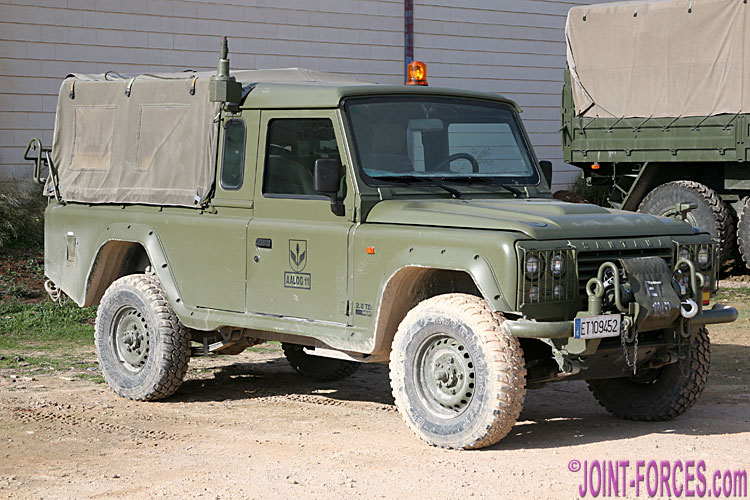
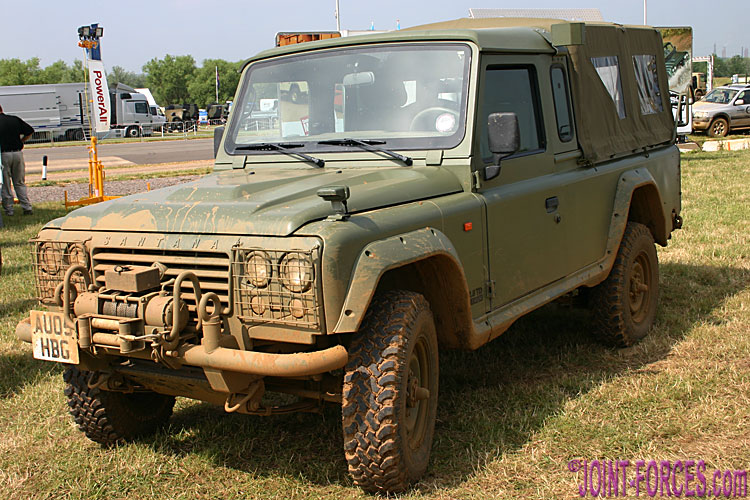
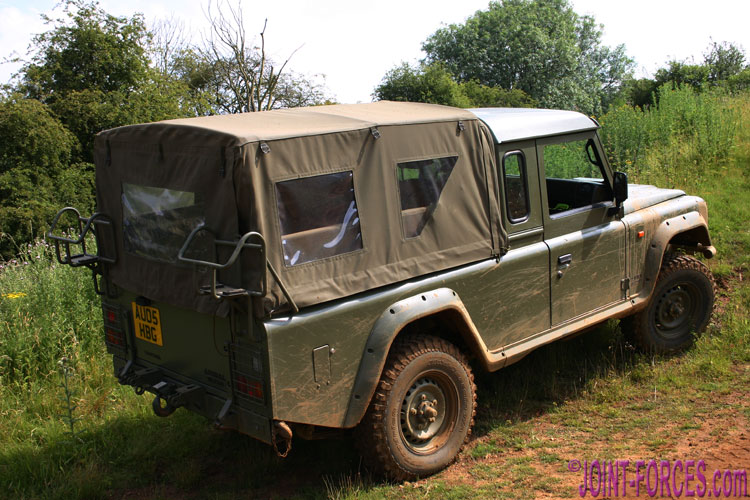
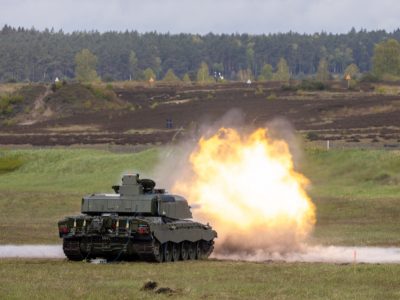
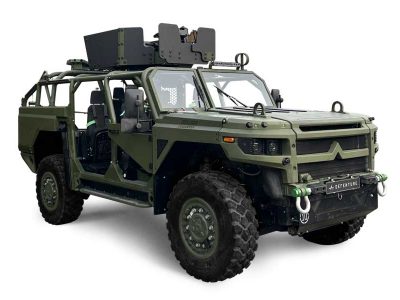
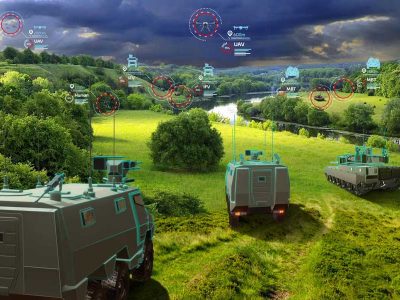
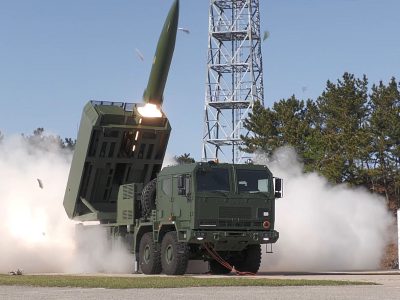
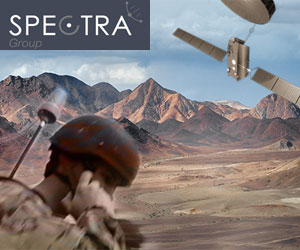













Pingback : INEOS Grenadier Displayed At FEINDEF 2023 | Joint Forces News